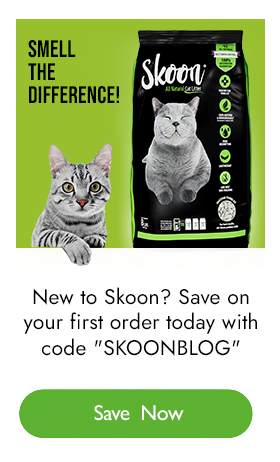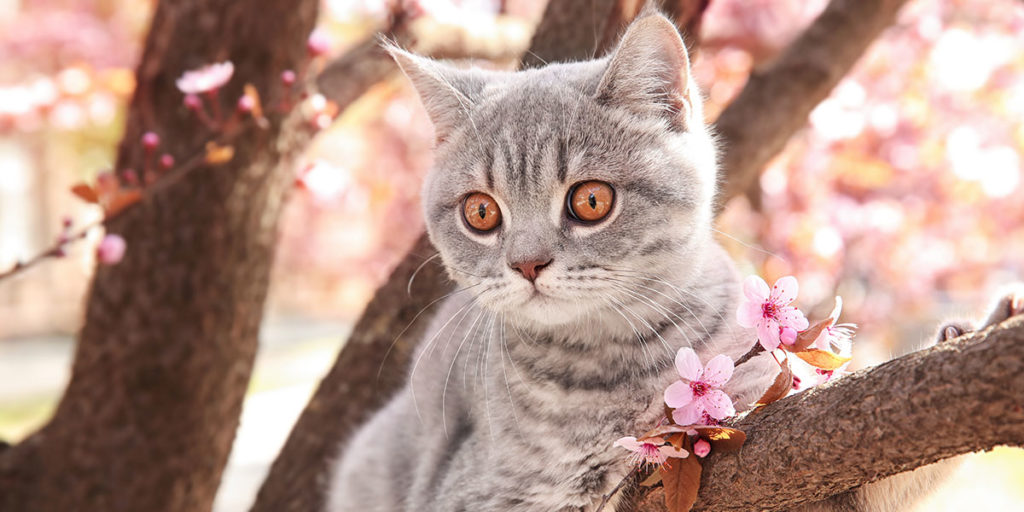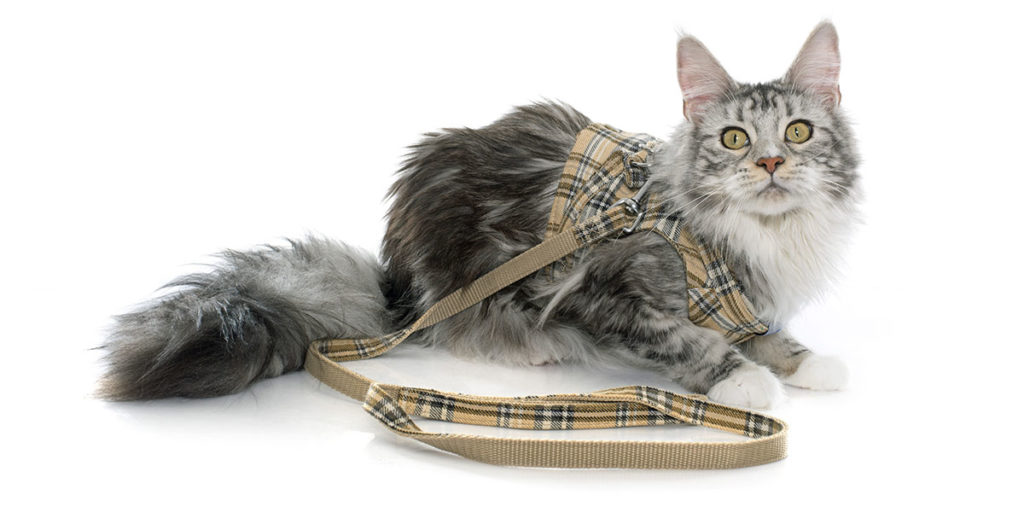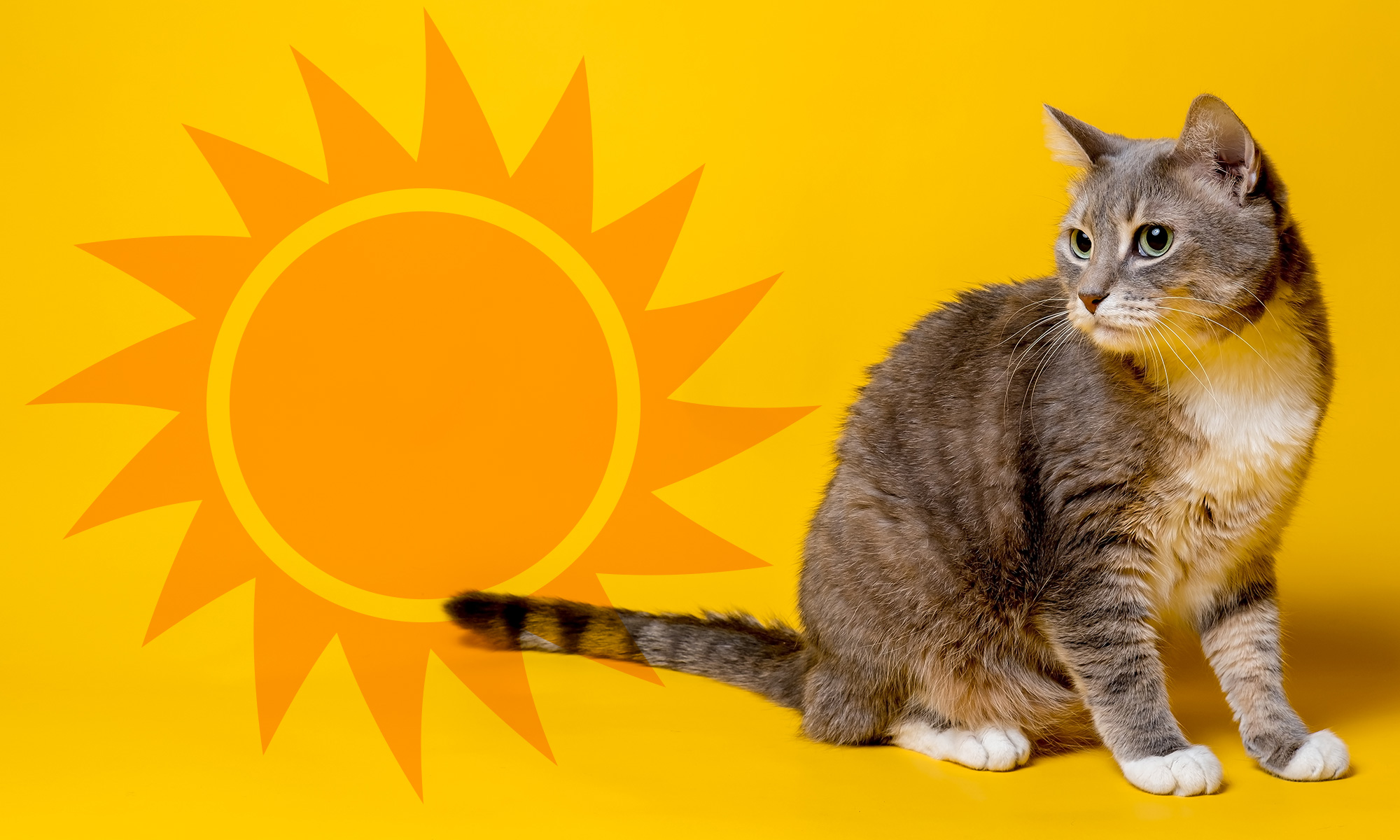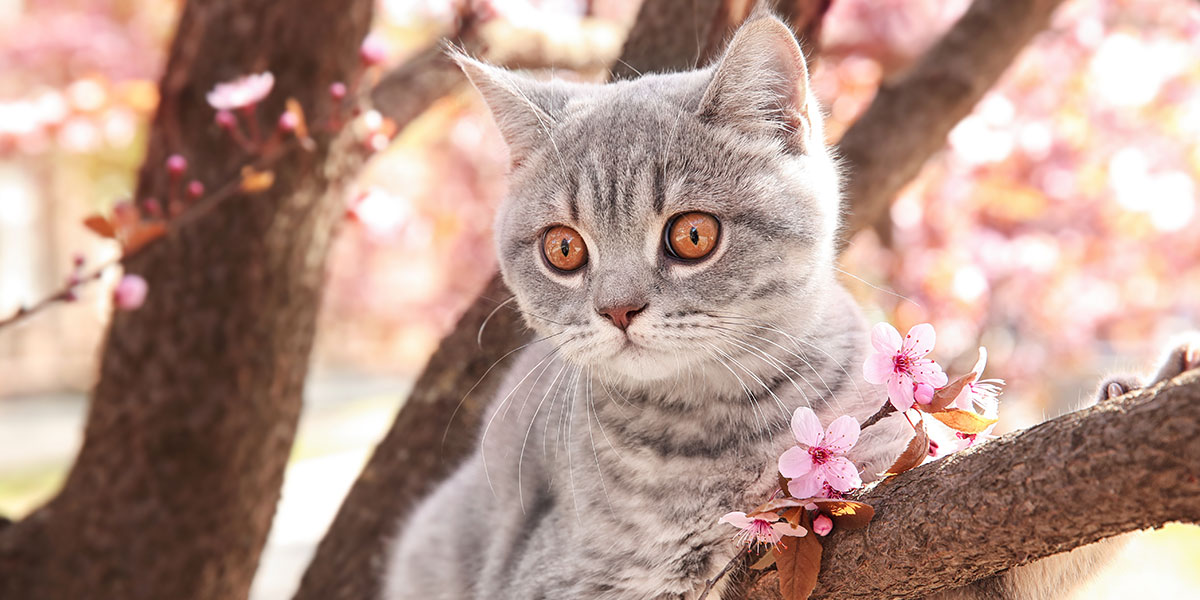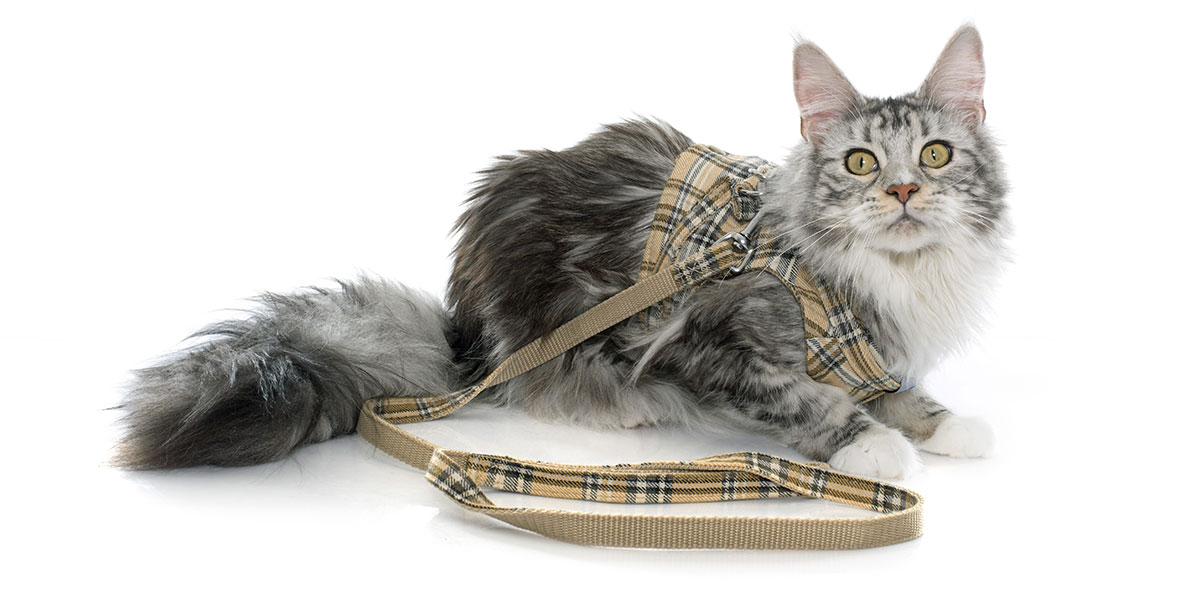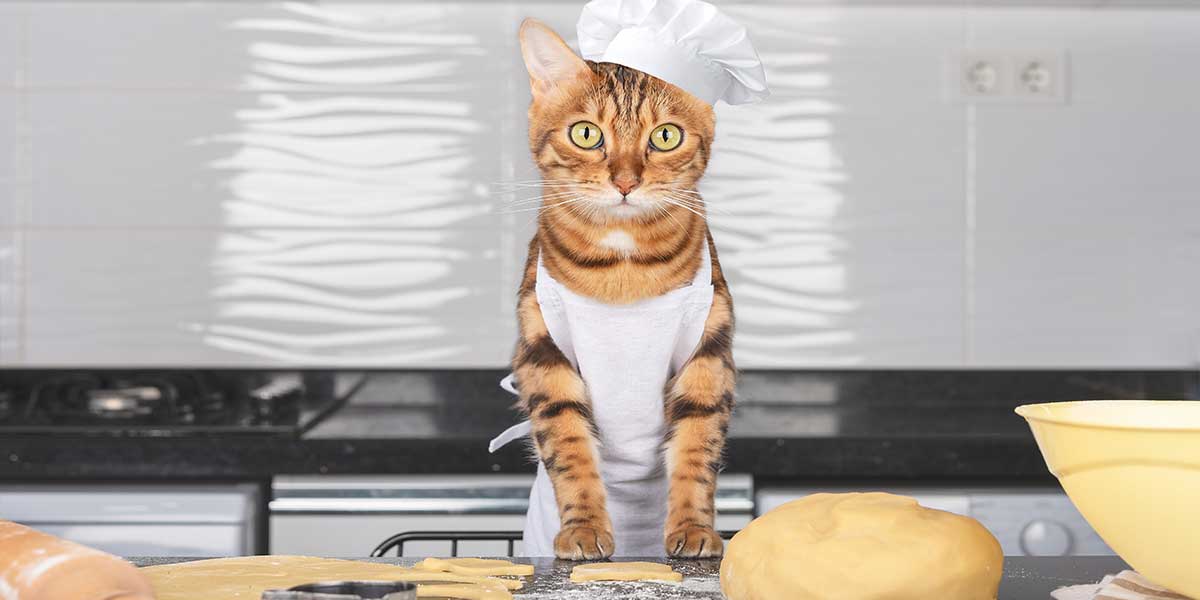What You Can Do to Keep Your Cat Safe During the Summer Heat
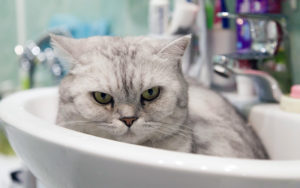
How to Tell If Your Cat Is Too Hot
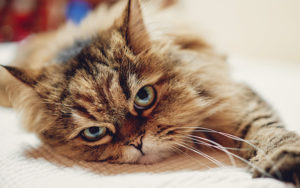
- Restless Behavior: As their body temperature increases, your cat may become restless until it finds a spot to cool down. You may notice that they are circling the room or hiding away from the sun.
- Sweaty Feet: Although their body doesn’t sweat nearly as much like humans, cat’s feet may be indicators of their rising body temperature. If their feet feel cool and moist to the touch, chances are, they’re getting too hot.
- Excessive Grooming: Since they may feel like their body is out of control, cats will rely on what they know best — how to groom themselves! — to keep cool.
If the initial behaviors aren’t addressed, you may pick up on more severe symptoms of overheating, including:
- Breathing Rapidly/Panting: Your dog may pant every now and again, but cats rarely do. It is typically a sign of emergency in cats, whether it’s related to overheating or another serious illness. Take your cat to the vet immediately to rule out anything serious.
- Drooling or Salivating: If they’re already panting, look out for any excessive drool. While this is another normal behavior for dogs, it’s extremely rare in felines.
- Lethargy: Yes, cats do sleep upwards of 16 hours a day, but they still should have the energy to zoom around when they’re awake. Any cat who seems unusually tired, weak or uninterested in food or play may be overheating.
- Vomiting and diarrhea: As a general rule, always consult your vet if you suspect that your cat is vomiting or experiencing diarrhea from a heat-related illness.
- Trembling and General Unsteadiness: Just like humans, cats experience the shakes when their body temperature skyrockets. Keep an eye on them to see if they seem wobbly when they walk or exhibit any unusual behaviors.
- Red Gums: If your cat lets you get close enough, examine their gums to see if they are bright red in color, a clear indicator that they’re overheating.
- High Body Temperature: This one may seem like a given, but taking your cat’s temperature is the best way to tell if they’re too hot or not. Using your pet thermometer, check to see if your cat’s temperature falls above the normal range (100.5 to 102.5℉). Anything above 105℉ indicates heatstroke, and anything above 109℉ is an emergency.
How to Protect Your Cat from Hot Weather
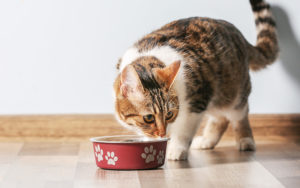
How to Cool Your Cat Down If They’re Too Hot
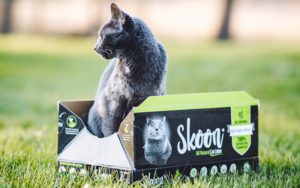
- If your cat is showing the initial signs of heat distress but no serious symptoms: Bring your cat to the coolest spot in the house and encourage them to drink as much water as possible.
- If your cat is still conscious but showing any of the symptoms listed above: Soak your cat in cool (not ice cold) water and let them drink as much water as possible. Once they’re fully hydrated, hop in the car and head straight to the vet.
- If your cat is found unconscious in a dangerously hot environment: Soak your cat in cool water, avoiding the mouth and nose altogether. Stick a bag of ice or frozen veggies between their legs and head straight to the vet for a complete examination.
In any stage of heat stroke, it’s recommended that you bring your cat to the vet for proper care. Depending on the severity of their illness, the vet may give your cat cool fluids through an IV in addition to getting them to drink ice-cold water. Throughout their visit, the vet will continue to monitor their temperature to not dip too much and pose the risk of hypothermia. The vet won’t release your cat until their body temperature has stabilized and all of their organs are in solid working order.
Take Control of Your Cat’s Health
At Skoon, it’s no secret we love cats. So much so, we want to provide cat owners (like you!) with the best advice available. In addition to our beloved diatom pebble kitty litter that is dust and odor-free, we also offer probiotics to help your cat’s digestive system.

